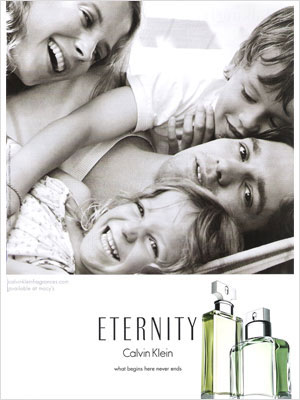Applying Todorov to Transformers

1) State of equilibrium
At the beginning of the text we see the character (Shia Labouf) sam living his normal life, there is shots of the town, the girl he is obviously interested in and and him living in his home. more importantly we engage in him getting his first car as a young high school student.


2) A disruption of that order
The protagonist (sam) then discovers his car is actually an alien robot, obviously disrupting his norm. he becomes engaged with alien robots, named auto bots, to help try and save the world from the the decepticons (another form of alien robots). However he does not do this alone as the protagonist female (who he shows an interest in at the start) Michela (Megan Fox), is also caught up in it

3) the recognition that the order has been disrupted
we then witness a battle between the protagonist alien robots (the auto bots) and the antagonist alien robots (the discepticons) over the cube ( a powerful object that has landed on earth from their planet), killing lots of people in the world showing that order has been disrupted. Moreover there is also a narrative where there is soliders' fighting in another country, showing a bigger disruption.

4) An attempt to repair the damage
the protagonists sam and Michela try to help the auto bots to defeat the dicepticons along side the members of sector seven (a secret organisation in which the president is also involved) which the soliders are part of as well. As the deceptions hacked into the computers of sector seven this is also trying to be solved by members of sector seven.
5) A state of new equilibrium
The main Protagonists (sam and Michela) and sector seven, along side the auto bots, defeat the decepticons. order is restored however Sam and Michela are now dating each other and sam has a transforming car and robot in which chooses to stay with him.







